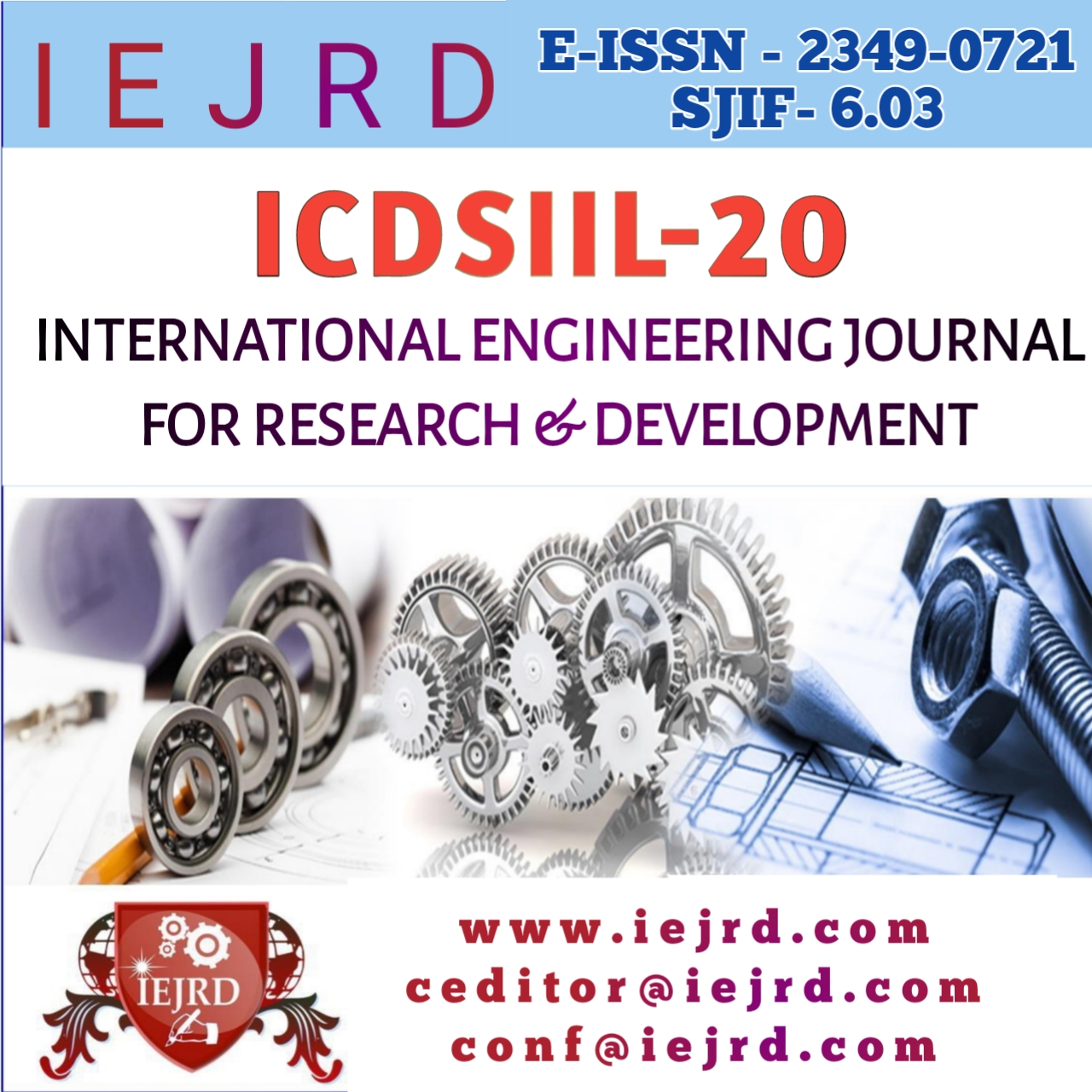DIAGNOSTIC OF CARIES BY USING THE MACHINE QRAYVIEW C
DOI:
https://doi.org/10.17605/OSF.IO/F62X9Keywords:
orthodontic, anamoliesAbstract
The relevance of the problem. The use of fixed orthodontic equipment has greatly expanded the possibilities of treating dentoalveolar anomalies. Its use is effective for normalizing the shape & size of dentitions, correcting the growth & development of the apical bases of the jaw and jaw bones, creating optimal myodynamic balance of muscles, as well as improving the esthetics & functioning of the dentition. However, the technology of applying braces has significant drawbacks, in particular, the occurrence of bacterial corrosion of the composite around the bracket, carious process, hypoesthesia,gingivitis & periodontitis. In addition,metal locks and ligatures often injure mucous membrane of the oral cavity and make it difficult to carry out hygiene procedures, which leads to inflammatory periodontal diseases and enamel demineralization. Caries develops in 15-85% of carriers of bracket system. If the orthodontist fails to achieve optimal oral hygiene from the patient, to predict the risk of tooth decay and take timely preventive measures, this can end in failure both for the patient and the orthodontist.The patient may experience damage to the tissues of the teeth & periodontium, and the attending physician may be sued for damages. In such situations, American courts, for example, force the orthodontist to pay compensation in the amount of 100-200 thousand US dollars. Despite the emergence at present of a huge arsenal of tools offered to ensure oral hygiene & prevention of caries this problem as before remains central torthodontics.The solution to this problem may depend on the identification of individual characteristics of the sensitivity of the patient's body with dentoalveolar anomalies to the effects of specific factors that can cause caries when using bracket systems and the timely application of adequate preventive measures.
Downloads
Downloads
Published
How to Cite
Issue
Section
License

This work is licensed under a Creative Commons Attribution-NonCommercial-NoDerivatives 4.0 International License.






















